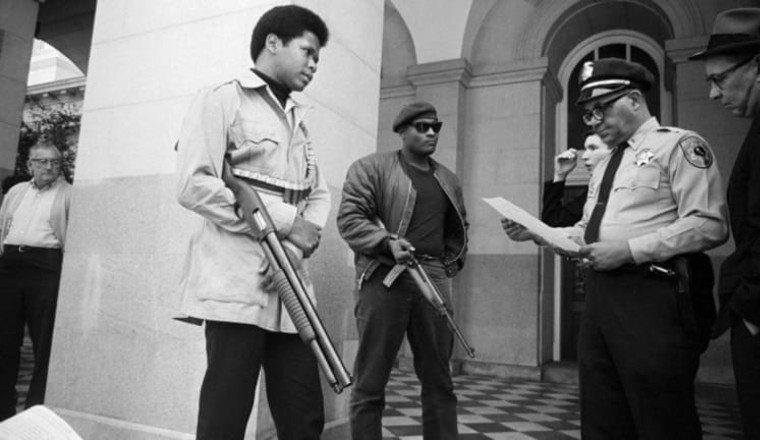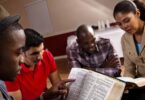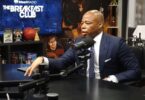After the adoption of the Fourteenth Amendment to the U.S. Constitution in 1878, most States turned to “facially neutral” business or transaction taxes on handgun purchases. However, the intention of these laws was not neutral.
An article in Virginia’s official university law review called for a “prohibitive tax…on the privilege” of selling
handguns as a way of disarming “the son of Ham,” whose “cowardly practice of ‘toting’ guns has been one of the most fruitful sources of crime…. Let a negro board a railroad train with a quart of mean whiskey and a pistol in his grip and the chances are that there will be a murder, or at least a row, before he alights.”
In the 1990s, “gun control” laws continue to be enacted so as to have a racist effect if not intent.
| 1640 Virginia | Race-based total gun and self-defense ban. “Prohibiting negroes, slave and free, from carrying weapons including clubs.” (The Los Angeles Times, “To Fight Crime, Some Blacks Attack Gun Control,” January 19, 1992) |
| 1640 Virginia | Race-based total gun ban. “That all such free Mulattoes, Negroes and Indians…shall appear without arms.” [7 The Statues at Large; Being a Collection of all the Laws of Virginia, from the First Session of the Legislature, in the Year 1619, p. 95 (W.W. Henning ed. 1823).] (GMU CR LJ, p. 67) |
| 1712 Virginia | Race-based total gun ban. “An Act for Preventing Negroes Insurrections.” (Henning, p. 481) (GMU CR LJ, p. 70) |
| 1712 South Carolina | Race-based total gun ban. “An act for the better ordering and governing of Negroes and slaves.” [7 Statutes at Large of South Carolina, p. 353-54 (D.J. McCord ed. 1836-1873).] (GMU CR LJ, p. 70) |
| 1791 United States | 2nd Amendment to the U.S. Constitution ratified. Reads: “A well regulated Militia, being necessary to the security of a free State, the right of the people to keep and bear Arms, shall not be infringed.” |
| 1792 United States | Blacks excluded from the militia, i.e. law-abiding males thus instilled with the right to own guns. Uniform Militia Act of 1792 “called for the enrollment of every free, able-bodied white male citizen between the ages of eighteen and forty-five” to be in the militia, and specified that every militia member was to “provide himself with a musket or firelock, a bayonet, and ammunition.” [1 Stat. 271 (Georgetown Law Journal, Vol. 80, No. 2, “The Second Amendment: Toward an Afro-Americanist Reconsideration,” Robert Cottrol and Raymond Diamond, 1991, p. 331)] |
| 1806 Louisiana | Complete gun and self-defense ban for slaves. Black Code, ch. 33, Sec. 19, Laws of La. 150, 160 (1806) provided that a slave was denied the use of firearms and all other offensive weapons. (GLJ, p. 337) |
| 1811 Louisiana | Complete gun ban for slaves. Act of April 8, 1811, ch. 14, 1811 Laws of La. 50, 53-54, forbade sale or delivery of firearms to slaves. (Id.) |
| 1819 South Carolina | Master’s permission required for gun possession by slave. Act of Dec. 18, 1819, 1819 Acts of S.C. 28, 31, prohibited slaves outside the company of whites or without written permission from their master from using or carrying firearms unless they were hunting or guarding the master’s plantation. (Id.) |
| 1825 Florida | Slave and free black homes searched for guns for confiscation. “An Act to Govern Patrols,” 1825 Acts of Fla. 52, 55 – Section 8 provided that white citizen patrols “shall enter into all negro houses and suspected places, and search for arms and other offensive or improper weapons, and may lawfully seize and take away all such arms, weapons, and ammunition….” Section 9 provided that a slave might carry a firearm under this statute either by means of the weekly renewable license or if “in the presence of some white person.” (Id.) |







